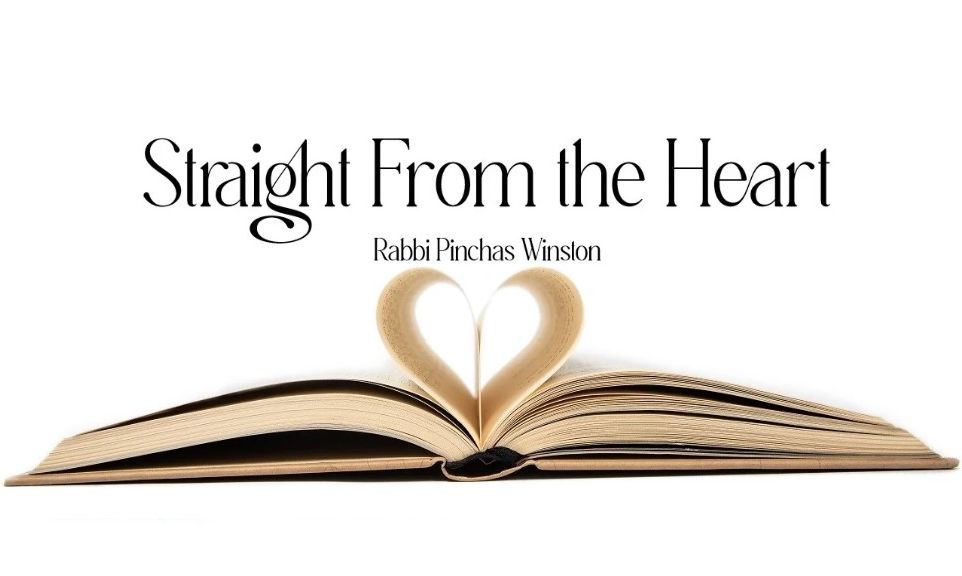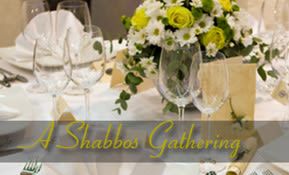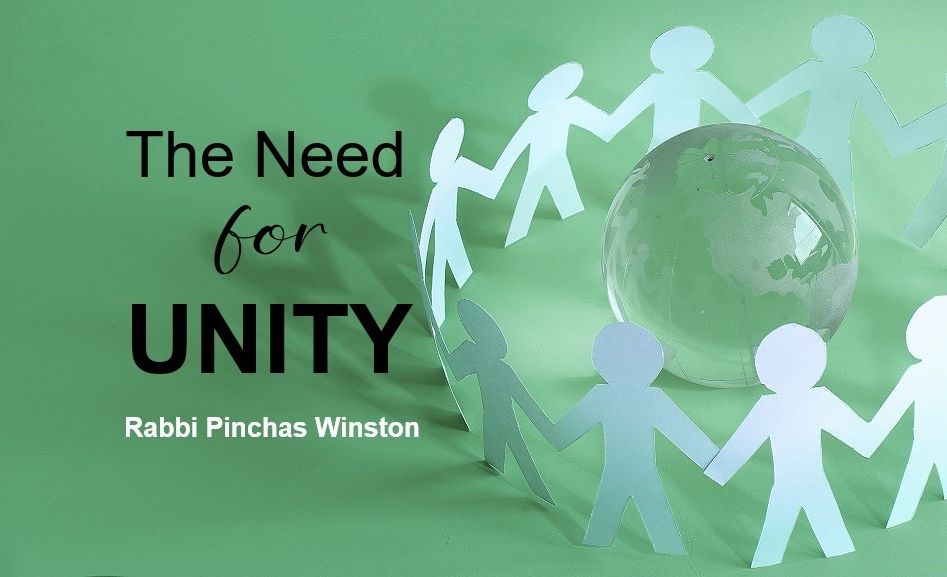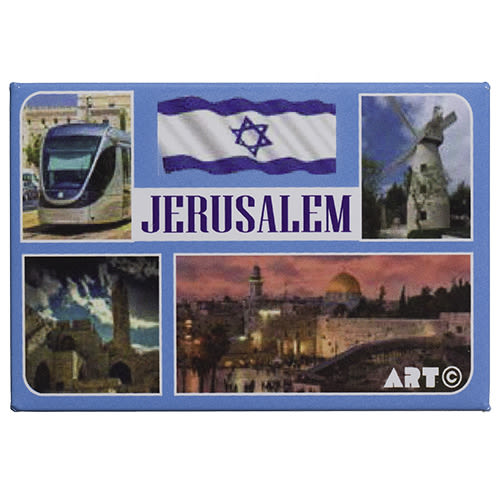
Tzav: Straight from the Heart
The service of the Mishkan is a continuation of whatever began with Avraham and Yitzchak at the time of the Akeida, and represented the same spiritual reality.

Parshat Tzav
ו אֵ֗שׁ תָּמִ֛יד תּוּקַ֥ד עַל־הַמִּזְבֵּ֖חַ לֹ֥א תִכְבֶּֽה:
“The continual fire shall burn upon the altar; it shall never go out” (Tzav 6:6).
Rav Chiyah said: The fire is Yitzchak’s, as it is written:
ז וַיֹּ֨אמֶר יִצְחָ֜ק אֶל־אַבְרָהָ֤ם אָבִיו֙ וַיֹּ֣אמֶר אָבִ֔י וַיֹּ֖אמֶר הִנֶּ֣נִּי בְנִ֑י וַיֹּ֗אמֶר הִנֵּ֤ה הָאֵשׁ֙ וְהָ֣עֵצִ֔ים
וְאַיֵּ֥ה הַשֶּׂ֖ה לְעֹלָֽה:
“Behold, here is the fire and the wood …” (Bereishit 22:7);
ה וְהָאֵ֨שׁ עַל־הַמִּזְבֵּ֤חַ תּֽוּקַד־בּוֹ֙ לֹ֣א תִכְבֶּ֔ה וּבִעֵ֨ר עָלֶ֧יהָ הַכֹּהֵ֛ן עֵצִ֖ים בַּבֹּ֣קֶר בַּבֹּ֑קֶר וְעָרַ֤ךְ עָלֶ֨יהָ֙ הָֽעֹלָ֔ה וְהִקְטִ֥יר עָלֶ֖יהָ חֶלְבֵ֥י הַשְּׁלָמִֽים:
The wood is Avraham’s, as it says, “The priest shall burn wood on it every morning …” (Tzav 6:5; Zohar 3:30a)
The first verse is talking about the fire on the altar in the time of the Mishkan. Rav Chiyah’s reference to Yitzchak’s fire and Avraham’s wood is from the time of the Akeida (Binding of Yitzchak) 363 years earlier. The implication is simple: the service of the Mishkan is a continuation of whatever began with Avraham and Yitzchak at the time of the Akeida, and represented the same spiritual reality.
This is not the only connection of the sacrifices in the Mishkan to the time of Avraham. When G-d had commanded Avraham to bring his own sacrifices in response to his query about future ownership of the land of Israel, He told him:
 “Bring Me three heifers, three goats, three rams, a dove, and a young pigeon.” (Bereishit 15:9)
“Bring Me three heifers, three goats, three rams, a dove, and a young pigeon.” (Bereishit 15:9)Rashi explains as follows:
“Three heifers” alludes to … the heifer brought on Yom Kippur, the heifer brought for the unwitting national error, and the heifer brought in the case of the unknown murderer; “three goats” [alludes to] the goat offered on the Inside, the additional goat offered on the holidays, and the goat brought by the individual transgressor; “three rams” [alludes to] the Definite Transgression-Offering, the Doubtful Transgression-Offering, and the sheep that was brought by the individual for a sin, etc. (Rashi)
If you add to this the following statement …
Rava said, and some say Rav Ashi said: Avraham Avinu kept [the entire Torah] … as it says, “My laws”; referring to the Written Law and to the Oral Law. (Yoma 28b)
Then, it is clear that Avraham was already doing that which would not be commanded of us until hundreds of years later, at Har Sinai. However, Rav Chiyah is telling us more than this, for he specifically draws a connection between the Akeida and the burning of the fire continuously on the altar. The question is, what is alluding to?
The “fire of Yitzchak” refers to far more than the physical fire that was brought up that day in anticipation of the slaughter and burning of Avraham’s son. If not, then the fire should also be called, “Avraham’s fire,” since it was he who brought both the wood and the fire to Har HaMoriah at that time.
Instead, “Yitzchak’s fire” can refer to the spiritual reality and commitment he personally “ignited” that day when he, recognizing that he was to be the sacrifice, abandoned himself completely to the will of His Father in Heaven, and his father on earth. This, the commentators explains, is the meaning of the verse:
” … And they walked together as one.”
That is, with a single heart (Rashi) … even after the realization that the “missing sacrifice” that Yitzchak had asked about was in fact not missing at all, but was he himself.
What is the “wood of Avraham”? Wood is fuel for the fire, and this is what Avraham had provided his son. It had been Avraham’s test to bring Yitzchak up as an offering to G-d; who had set up the situation so that Yitzchak could choose to be bound and offered to G-d. This is the ultimate “gift” a parent can give to a child: the opportunity to know G-d, to love G-d, and to choose His way.
It is this that is supposed to burn continuously on the altar of the Jewish people. Firstly, there is the commitment of each generation to set up the appropriate spiritual opportunity for the next generation to intimately know truth, G-d’s truth. Secondly, there is the commitment of the subsequent generations to seize that opportunity, and to use it to their best spiritual advantage. In this respect, even after the Mishkan and Temples are no longer here physically, the fire of the altar can still burn continuously throughout all the generations.
***
Pinchas Winston is the author of over 95 books on various topics that deal with current issues from a traditional Jewish perspective. He has also written on the weekly Torah reading since 1993, called “Perceptions,” as well as on current topics and trends affecting Jewish history, past and present. One of his missions is to make the depth and beauty of the more mystical teachings of Torah understandable and accessible to those who can really benefit from them. Visit his website at thirtysix.org.











Tell us what you think!
Thank you for your comment!
It will be published after approval by the Editor.